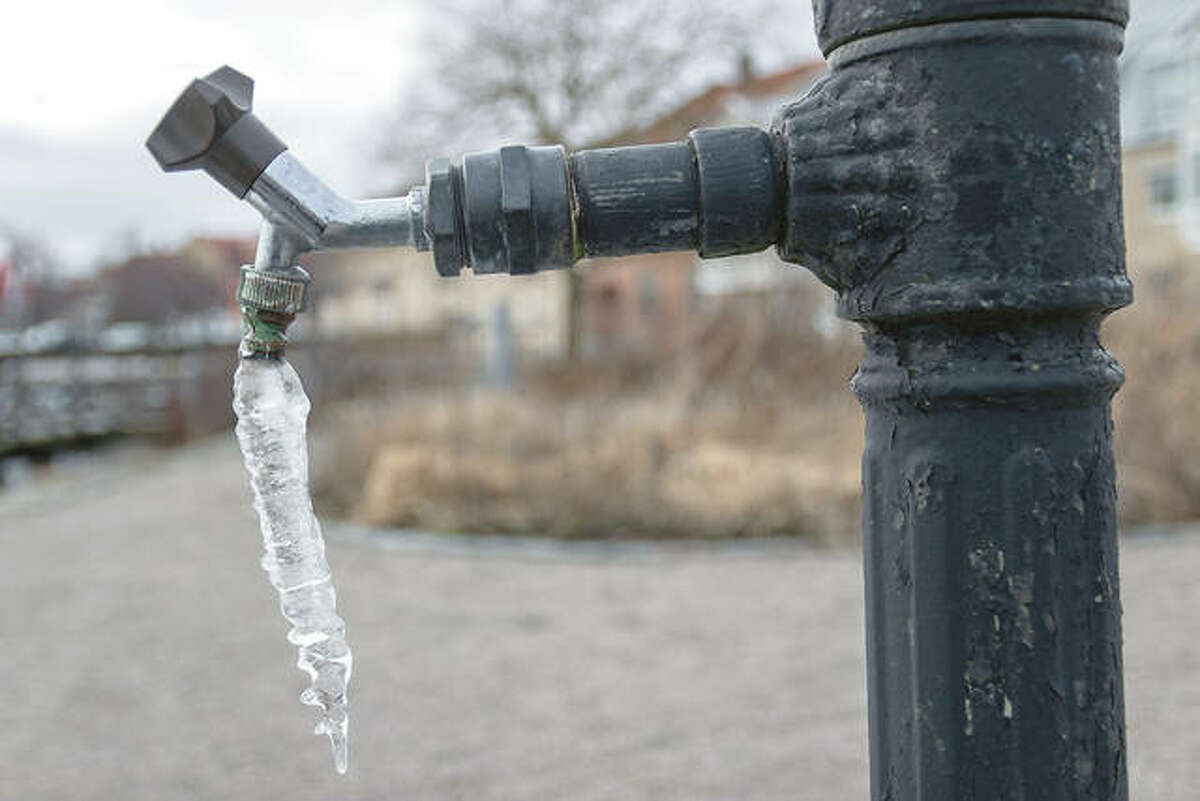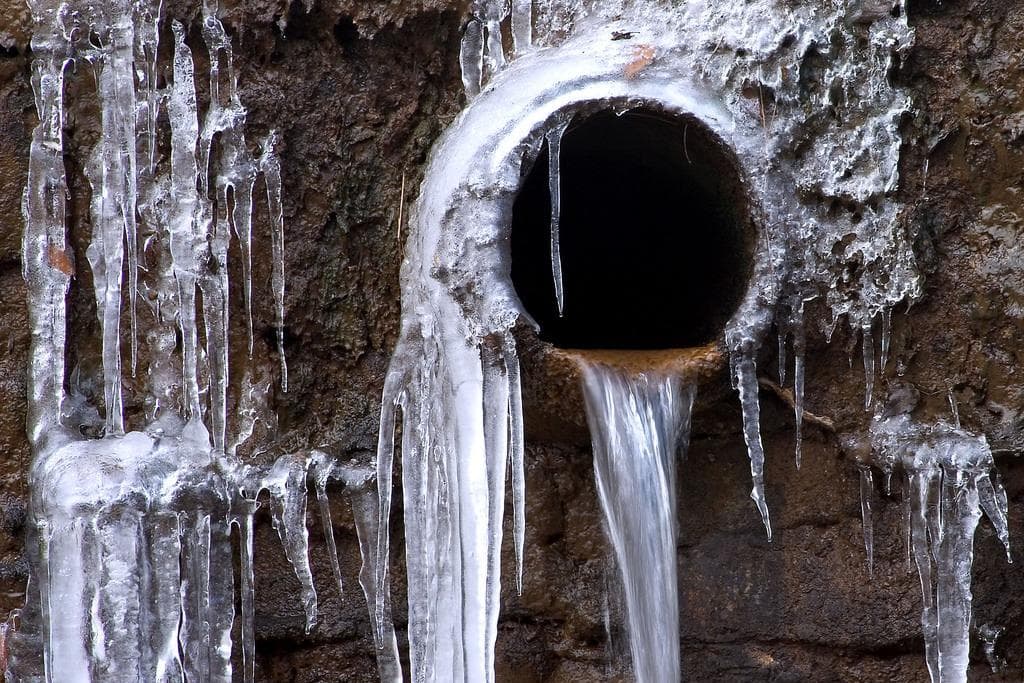Protect Against Frozen Pipes in Winter: Expert Advice
Protect Against Frozen Pipes in Winter: Expert Advice
Blog Article
Just how do you really feel about How To Avoid Freezing Pipes?

Winter can wreak havoc on your plumbing, particularly by freezing pipelines. Right here's just how to prevent it from occurring and what to do if it does.
Intro
As temperatures decline, the threat of frozen pipelines rises, possibly bring about pricey repairs and water damage. Understanding just how to avoid frozen pipes is critical for house owners in cool environments.
Recognizing Icy Pipes
What triggers pipelines to freeze?
Pipes freeze when exposed to temperatures listed below 32 ° F (0 ° C) for prolonged periods. As water inside the pipelines ices up, it increases, taxing the pipe wall surfaces and possibly creating them to rupture.
Risks and damages
Frozen pipes can cause water system interruptions, property damage, and pricey fixings. Burst pipelines can flooding homes and trigger substantial architectural damages.
Indications of Frozen Pipes
Determining frozen pipes early can stop them from rupturing.
Exactly how to determine icy pipelines
Try to find reduced water flow from taps, uncommon odors or noises from pipelines, and noticeable frost on subjected pipelines.
Avoidance Tips
Shielding at risk pipelines
Wrap pipes in insulation sleeves or make use of warmth tape to shield them from freezing temperatures. Concentrate on pipes in unheated or exterior areas of the home.
Home heating strategies
Keep indoor areas properly heated, specifically areas with plumbing. Open up cabinet doors to allow cozy air to circulate around pipes under sinks.
Securing Exterior Pipes
Garden hoses and exterior faucets
Separate and drain pipes garden hose pipes prior to wintertime. Install frost-proof faucets or cover outside faucets with protected caps.
What to Do If Your Pipes Freeze
Immediate actions to take
If you believe frozen pipelines, maintain faucets available to relieve stress as the ice melts. Utilize a hairdryer or towels taken in warm water to thaw pipelines gradually.
Long-Term Solutions
Structural adjustments
Consider rerouting pipes away from outside walls or unheated locations. Add added insulation to attics, cellars, and crawl spaces.
Updating insulation
Buy top notch insulation for pipelines, attics, and walls. Correct insulation assists keep consistent temperatures and lowers the threat of icy pipes.
Conclusion
Protecting against frozen pipelines needs positive actions and fast feedbacks. By recognizing the reasons, indicators, and preventive measures, property owners can safeguard their plumbing during cold weather.
5 Ways to Prevent Frozen Pipes
Drain Outdoor Faucets and Disconnect Hoses
First, close the shut-off valve that controls the flow of water in the pipe to your outdoor faucet. Then, head outside to disconnect and drain your hose and open the outdoor faucet to allow the water to completely drain out of the line. Turn off the faucet when done. Finally, head back to the shut-off valve and drain the remaining water inside the pipe into a bucket or container. Additionally, if you have a home irrigation system, you should consider hiring an expert to clear the system of water each year.
Insulate Pipes
One of the best and most cost-effective methods for preventing frozen water pipes is to wrap your pipes with insulation. This is especially important for areas in your home that aren’t exposed to heat, such as an attic. We suggest using foam sleeves, which can typically be found at your local hardware store.
Keep Heat Running at 65
Your pipes are located inside your walls, and the temperature there is much colder than the rest of the house. To prevent your pipes from freezing, The Insurance Information Institute suggests that you keep your home heated to at least 65 degrees, even when traveling. You may want to invest in smart devices that can keep an eye on the temperature in your home while you’re away.
Leave Water Dripping
Moving water — even a small trickle — can prevent ice from forming inside your pipes. When freezing temps are imminent, start a drip of water from all faucets that serve exposed pipes. Leaving a few faucets running will also help relieve pressure inside the pipes and help prevent a rupture if the water inside freezes.
Open Cupboard Doors
Warm your kitchen and bathroom pipes by opening cupboards and vanities. You should also leave your interior doors ajar to help warm air circulate evenly throughout your home.

I stumbled upon that entry about Helpful Tips to Prevent Frozen Pipes this Winter when perusing the web. Appreciated our posting? Please share it. Let someone else discover it. Kudos for your time. Return soon.
Appointment Report this page